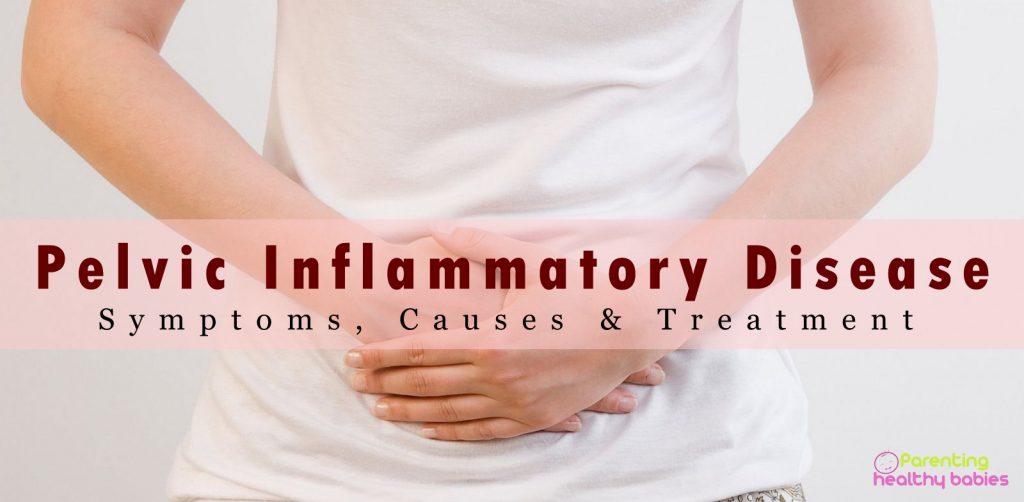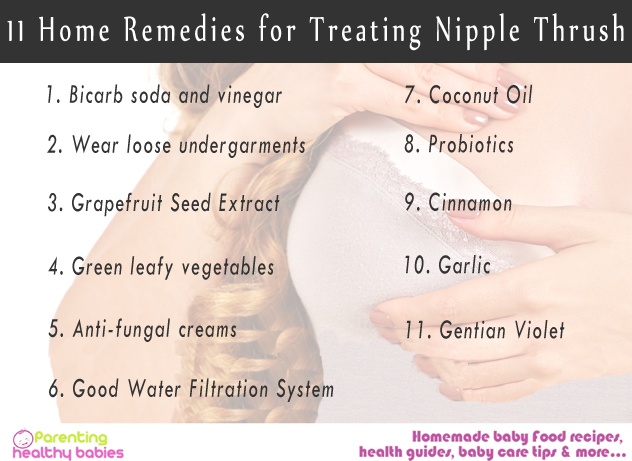Although rarely spoken about, pelvic inflammatory disease has now become a common disease among women. Pelvic inflammatory disease commonly affects the uterus, ovaries, and the fallopian tubes. Pelvic diseases when chronic and affect pregnancy and fertility. Hence, it is extremely important to understand the diagnosis, symptoms, causes, and treatment of pelvic diseases.
What is Pelvic Inflammatory Disease?
Pelvic Inflammatory Disease refers to the inflammation of the reproductive organs of a woman. The pelvis includes the lower most portion of the body and comprises of the uterus, ovaries, fallopian tubes, and the cervix. The inflammation in the pelvis area is nothing but an infection that affects the reproductive organs.
This disease is generally contracted when bacteria enters through the vagina and spreads on to the cervix, uterus, ovaries, and fallopian tubes. The mode of transmission is through sexual contact.
Symptoms, Causes and Treatment for Pelvic Inflammatory Disease
Symptoms of Pelvic Inflammatory Disease
Many women who have pelvic inflammatory diseases do not show symptoms. Those who do experience symptoms complain of the following
- Pain the pelvis region and lower abdomen
- Bleeding and pain during sexual intercourse
- Fever along with chills
- Pain during urination
- Uterine bleeding during menstrual cycles
- Vaginal discharge along with unpleasant odour
- Extreme exhaustion and fatigue
Some women suffer severe symptoms such as
- Dizziness and fainting
- Acute abdominal pain
- Very high fever
- Vomiting and nausea
Causes of Pelvic Inflammatory Disease
Usually pelvic inflammatory is caused through sexually transmitted diseases. The bacteria that causes these infections are also transmitted through sexual intercourse. Many types of bacteria such those causing chlamydia and gonorrhoea are responsible for pelvic inflammatory disease.
These bacteria enter the reproductive tract easily through sexual intercourse or when the natural barrier surrounding the cervix is disturbed.
Risks Factors Associated with Pelvic Inflammatory Disease
There are several factors that increases the chances of developing pelvic inflammatory disease
- Multiple sexual partners
- Unprotected sex
- Sexually transmitted diseases
- Vaginal douching that disrupts the balance of good bacteria that protect the barrier
- Intrauterine devices
Complications of Pelvic Inflammatory Diseases
Pelvic inflammatory diseases if left untreated leaves infected fluid and scar tissues. This can cause serious damage to the reproductive organs. Some of the serious complications include
- Pelvic pain: Pelvic inflammatory disease can result in chronic pelvic pain that lingers on for several months.
- Scar tissue: Pelvic inflammatory disease causes scar tissues in pelvic organs and fallopian tubes during ovulation and intercourse.
- Ectopic Pregnancy: One if the major causes of ectopic pregnancy is pelvic inflammatory disease. This disease causes scar tissue that restricts the fertilized egg from moving through the fallopian tubes into the uterus.
- Ovarian abscess: Pelvic diseases often cause puss or abscess that form in the ovaries and uterus. If left undiagnosed and un-treated it can ne life threatening.
- Infertility: One of the major impacts of pelvic inflammatory disease is infertility. As this disease damages reproductive organs, there is a dramatic chance of infertility.
Treatment of Pelvic Inflammatory Disease
Pelvic inflammatory disease if treated at the right time, can save you from many complications. There are several methods of treating pelvic inflammatory disease which as follows
Antibiotic Treatment
The easiest way to treat pelvic inflammatory diseases are through antibiotic therapy. The doctor will prescribe a course of antibiotics that lasts for about 14 days. In some cases, two antibiotics are recommended as this disease may involve more than one bacteria. The common antibiotics given for pelvic inflammatory disease include
- Doxycycline
- Ceftriaxone
- Metronidazole
- Cefotoxin
If oral antibiotics do not show an effective response, the same is injected intravenously to observe the effects.
Surgery
The last resort to treat pelvic inflammatory disease when all other medications fail is surgery. The patient is either administered intravenous medications and kept under observation or surgery is performed. Surgery is generally performed if there is an abscess or scarring of tissue. It typically involves a keyhole surgery where the affected fallopian tubes are removed.
Treatment of partner
Infected partners through which the disease was contracted are also examined and treated the same way. It is recommended to avoid sexual intercourse till both the partners are treated and cured from pelvic inflammatory disease
Tips to Prevent Pelvic Inflammatory Disease
As the saying goes, prevention is better than cure, there are some tips that you can follow to prevent suffering from pelvic inflammatory disease
- Avoid douching, as it increases the risks
- Practising safe sex by using condoms
- Testing your partner for STI’s before sexual intercourse
- Avoid sex after childbirth or abortion
- Avoid sexual intercourse with multiple partners
Pelvic inflammatory disease if left untreated can cause severe consequences. Understanding the symptoms of pelvic inflammatory disease will help you rush to the doctor when needed. It is important to get yourself medically examined every year to rule out worst case scenarios. Be aware and well-prepared.
References
https://www.healthline.com/health/pelvic-inflammatory-disease-pid#prevention
https://www.medicalnewstoday.com/articles/177923.php













